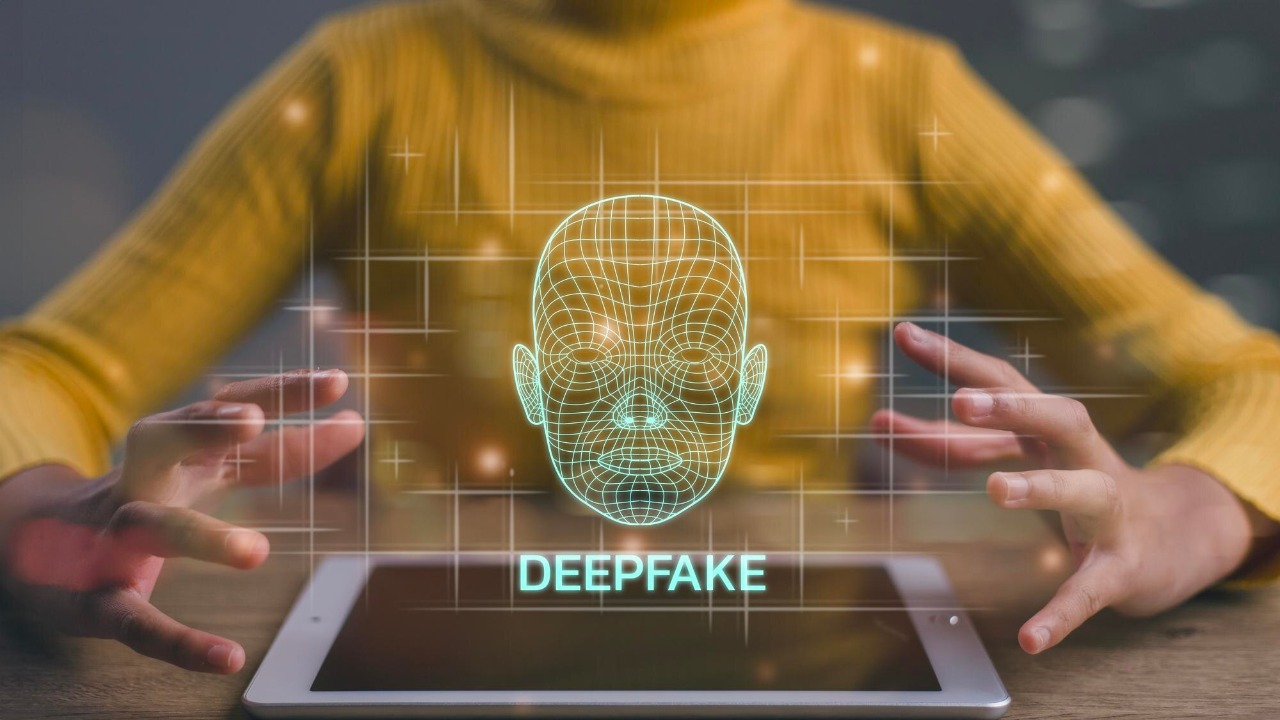
YouTube is taking a significant step to combat the misuse of AI-generated deepfakes with the introduction of a new likeness detection tool. This innovative feature is designed to help creators identify and manage unauthorized uses of their facial likeness in videos. By leveraging AI technology, YouTube aims to protect creators from the growing threat of deepfakes, potentially keeping such deceptive content out of users’ feeds. This development underscores the increasing concerns over deepfake proliferation on social media platforms.
Understanding YouTube’s Likeness Detection Tool
The core functionality of YouTube’s likeness detection tool revolves around its ability to use facial recognition technology to scan for AI-generated deepfakes that feature a creator’s image without permission. This tool is integrated into YouTube’s existing creator dashboard, allowing creators to proactively monitor and request the removal of content that violates their likeness rights. Unlike traditional copyright tools, which focus on intellectual property, this tool specifically targets the misuse of personal likeness, addressing a unique and growing concern in the digital age. According to Social Media Today, this feature is part of YouTube’s broader strategy to enhance content moderation and protect its community from the misuse of AI technologies.
By integrating this tool into the creator dashboard, YouTube empowers creators with the ability to detect and address potential deepfake content swiftly. This proactive approach not only helps in safeguarding personal brands but also contributes to a more trustworthy platform environment. The tool’s focus on AI-generated content marks a significant shift in how platforms are addressing the challenges posed by advanced technologies, distinguishing it from traditional copyright enforcement mechanisms.
How the Tool Tackles AI Deepfakes
YouTube’s preview of the likeness detection tool, announced on October 21, 2025, showcased its capability to flag deepfakes in real-time during video uploads or searches. This feature is designed to enhance creator protection by eliminating unauthorized deepfakes from appearing in users’ feeds. As reported by PhoneArena, the tool’s rollout emphasizes YouTube’s commitment to using AI to safeguard creators against the misuse of their images, thereby reducing the potential for misinformation and harassment.
The technical aspects of the tool include automated scanning for facial matches, which allows it to identify and flag potential deepfakes efficiently. This real-time detection capability is crucial in maintaining the integrity of content on the platform, ensuring that creators’ likenesses are not exploited without their consent. While the specifics of the implementation are not fully disclosed, the tool’s ability to operate seamlessly within YouTube’s existing infrastructure highlights its potential effectiveness in combating deepfake content.
Benefits for Creators and Users
The introduction of YouTube’s likeness detection tool offers significant benefits for both creators and users. For creators, this tool provides a powerful means to protect their personal brand from deepfake exploitation, reducing the risks associated with misinformation or harassment. By enabling creators to monitor and manage the use of their likeness, YouTube is helping to preserve the authenticity and credibility of their online presence. As noted by BGR, this tool is a vital resource for creators looking to safeguard their digital identity.
For users, the tool promises a cleaner and more reliable content feed, free from deceptive AI-generated content. By filtering out unauthorized deepfakes, YouTube aims to enhance the user experience, ensuring that viewers are exposed to genuine and trustworthy content. This initiative not only benefits individual creators but also contributes to a healthier digital ecosystem where misinformation is less likely to spread unchecked.
Real-world applications of this tool are vast, ranging from protecting public figures from likeness-based scams to safeguarding everyday creators from unauthorized use of their images. The tool’s ability to address these challenges highlights its importance in the ongoing battle against deepfake technology and its potential to reshape the landscape of online content moderation.
Broader Implications for Platform Moderation
YouTube’s likeness detection tool aligns with the platform’s ongoing efforts to combat AI misuse and enhance content moderation policies. By introducing this tool, YouTube is taking a proactive stance in addressing the challenges posed by deepfake technology, positioning itself as a leader in the fight against digital deception. This initiative reflects a broader trend among social media platforms to develop more robust content policies that can adapt to the evolving technological landscape.
However, the implementation of such tools also presents challenges, particularly in terms of accuracy and privacy. Ensuring that the tool accurately identifies deepfakes without infringing on user privacy is a delicate balance that YouTube must navigate. As highlighted by PhoneArena, the success of this tool will depend on its ability to effectively differentiate between legitimate content and unauthorized deepfakes.
Looking ahead, there is potential for future expansions of this tool, such as integration with other platforms or global enforcement strategies. The initial announcement on October 21, 2025, suggests that YouTube is committed to exploring these possibilities, further solidifying its role in shaping the future of content moderation. By continuing to innovate and adapt, YouTube can play a pivotal role in setting industry standards for addressing the challenges posed by AI-generated content.